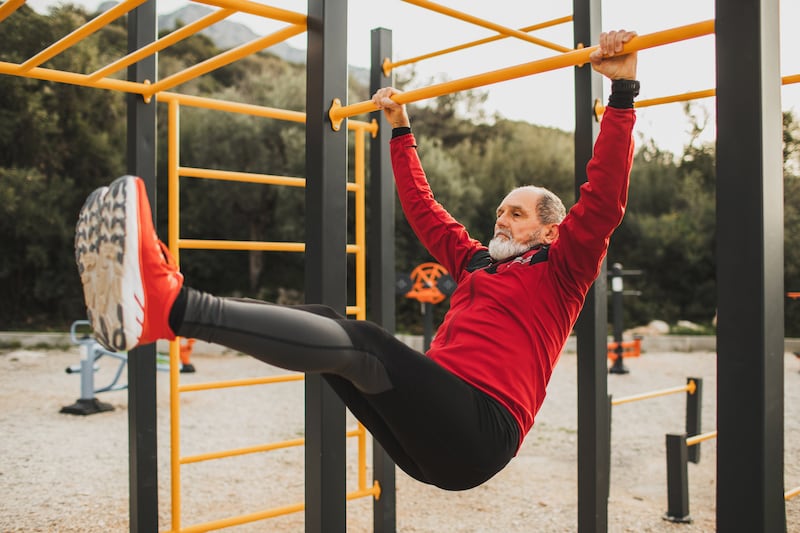Researchers have developed a muscle map of the human body and identified specialist nuclei that help rebuild the connections with nerves that decline with age.
The discovery could lead the way to new developments in tackling inflammation, boosting muscle regeneration and preserving nerve connectivity.
The study, published in Nature Ageing, is part of the Human Cell Atlas (HCA), an international collaborative consortium that is creating comprehensive reference maps of all human cells as a basis for understanding health and for diagnosing, monitoring and treating disease.
It has sought to explore the reasons why muscles weaken over time.
It follows other studies which have been exploring longevity science, which aims to enable more of us to live healthier, for longer – easing pressures on expensive health and social care.
Scientists from the Wellcome Sanger Institute, a genomics research institute in Cambridge, and the Sun Yat-sen University, in China, used single-cell and single-nucleus sequencing techniques along with advanced imaging to analyse human muscle samples from 17 people, aged 20 to 75.
The team discovered that genes controlling ribosomes, responsible for producing proteins, were less active in muscle stem cells from aged samples, resulting in the cells’ ability to repair and regenerate muscle fibres as we age being impaired.
It also found that non-muscle cell populations within these skeletal muscle samples produced more of a pro-inflammatory molecule called CCL2, attracting immune cells to the muscle and exacerbating age-related muscle deterioration.
Researchers say the findings offer avenues for future therapy and intervention to improve muscle health and quality of life as we age.

“Through the Human Cell Atlas, we are learning about the body in unprecedented detail, from the earliest stages of human development through to old age," said Dr Sarah Teichmann, senior author of the study and co-founder of the HCA.
"With these new insights into healthy skeletal muscle ageing, researchers all over the world can now explore ways to combat inflammation, boost muscle regeneration, preserve nerve connectivity and more. Discoveries from research like this have huge potential for developing therapeutic strategies that promote healthier ageing for future generations.”
Experiments in lab-grown human muscle cells by the team confirmed the importance of specialised nuclei populations in maintaining muscle function.
Veronika Kedlian, first author of the study from the Wellcome Sanger Institute, said it will now open the doors to further research.
“Our unbiased, multifaceted approach to studying muscle ageing, combining different types of sequencing, imaging and investigation, reveals previously unknown cellular mechanisms of ageing and highlights areas for further study,” she said.
The HCA initiative is mapping every cell type in the human body to transform understanding of health and disease.
With muscle deterioration affecting people's ability to perform everyday activities such as standing up and walking, it is hoped the research will help develop new remedies in the future so people can live longer.
“In China, the UK and other countries, we have ageing populations but our understanding of the ageing process itself is limited," said Prof Hongbo Zhang, senior author of the study from Sun Yat-sen University in Guangzhou.
"We now have a detailed view into how muscles strive to maintain function for as long as possible, despite the effects of ageing.”







